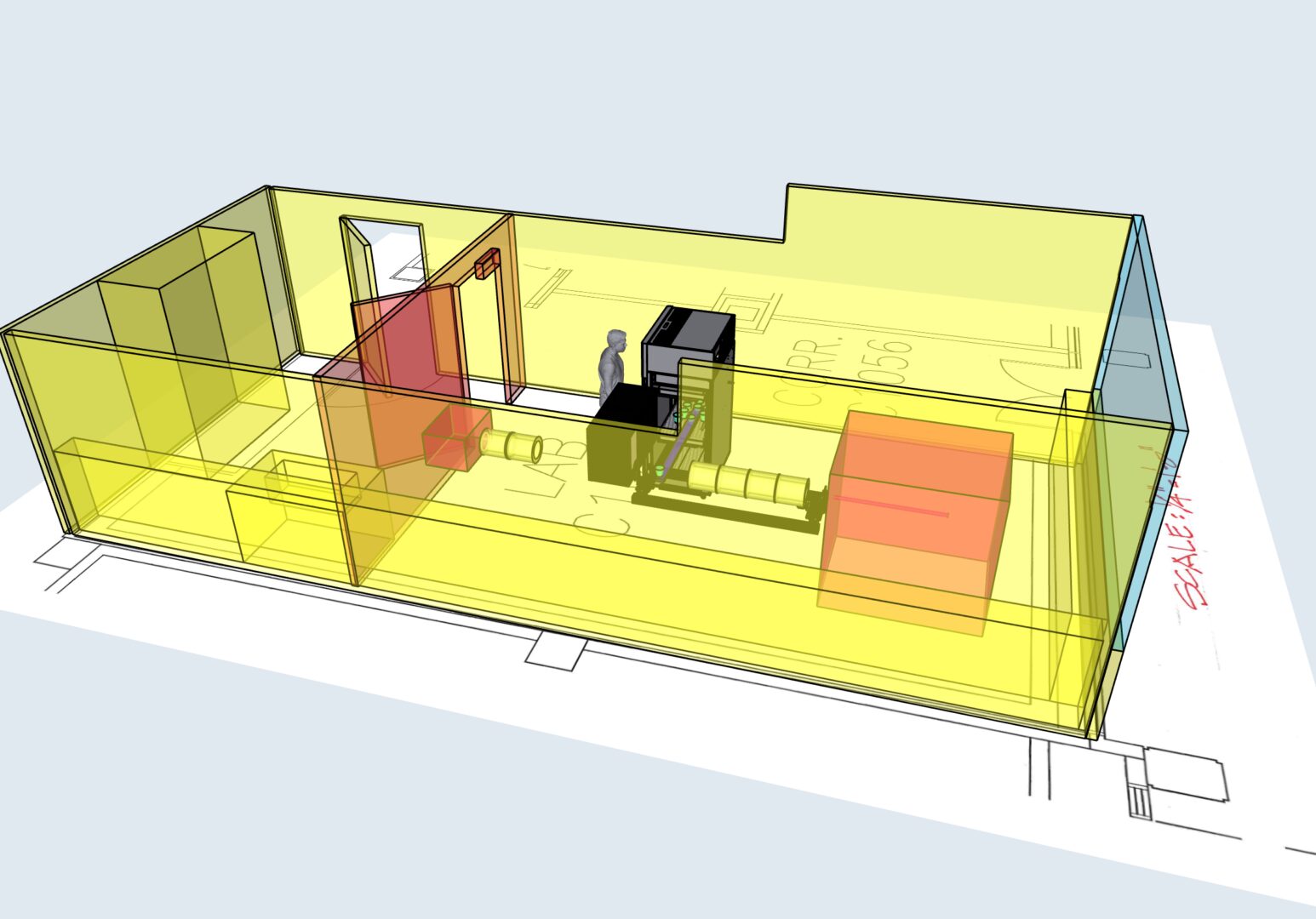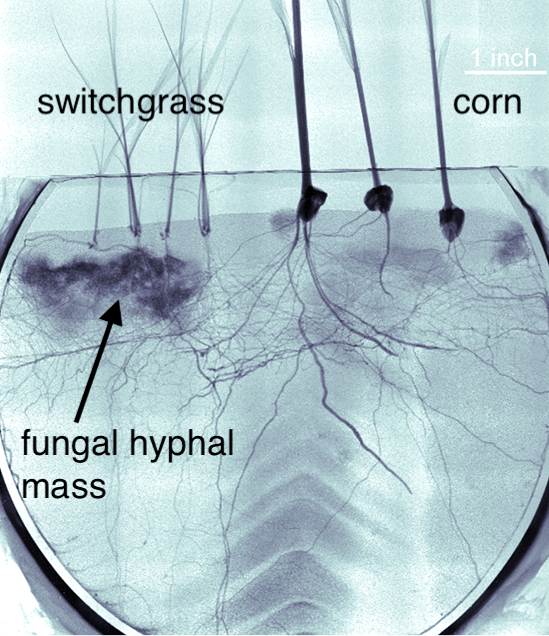Ensuring an Efficient and Robust Root System
The world’s first neutron imaging system to repeatedly image plant root systems for longitudinal studies.
A New Strategy for Neutron Imaging of Plant/Soil Systems
Utilizing a laboratory neutron generator
Plant roots in soil are very difficult to image. The most productive approach to date is neutron imaging at a national facility. The results can show fine root detail and fungal masses. The challenge is the harsh environment in an experimental hall and the very limited access time. A laboratory or greenhouse compatible neutron imaging system would revolutionize plant root/soil science studies.

Refined Imaging, in partnership with Adelphi Tech, is building the world’s first imaging system designed for plant root imaging in a laboratory or greenhouse environment. The imager will use time-of-flight neutron imaging methods to develop image contrast between root and soil. The estimated imaging time will allow longitudinal studies of statistically significant plant samples. The planned projects include plants important for coastal stabilization, high-salinity environments, and effects of fungal infections.
A second instrument design, under discussion, converts the laboratory system into an in-the-field system as a precision agricultural sensor. A light-weight neutron generator, developed by Adelphi Tech with DARPA funding, could be tractor-mounted and driven remotely. Our lab experiments show that a neutron-based precision agricultural sensor can detect fiber, sugar, and stalk density in plants such as sugarcane.

Imaging Plant Roots in Agriculture
Dr. Jeffery M. Warren (ORNL) imaged plant roots in soil at the high-flux isotope reactor in the pioneering application of neutron imaging. Unfortunately, a reactor is not a favorable location for growing plants.
Our lab-system, and potentially greenhouse-system, will allow botanist to repeatedly image plant roots over their lifecycle, and as a function of environmental stress factors such as high soil salinity, drought, and fungal infections. After the success of the lab-system, our team is ready to tackle in-the-field systems as precision agriculture sensors.
